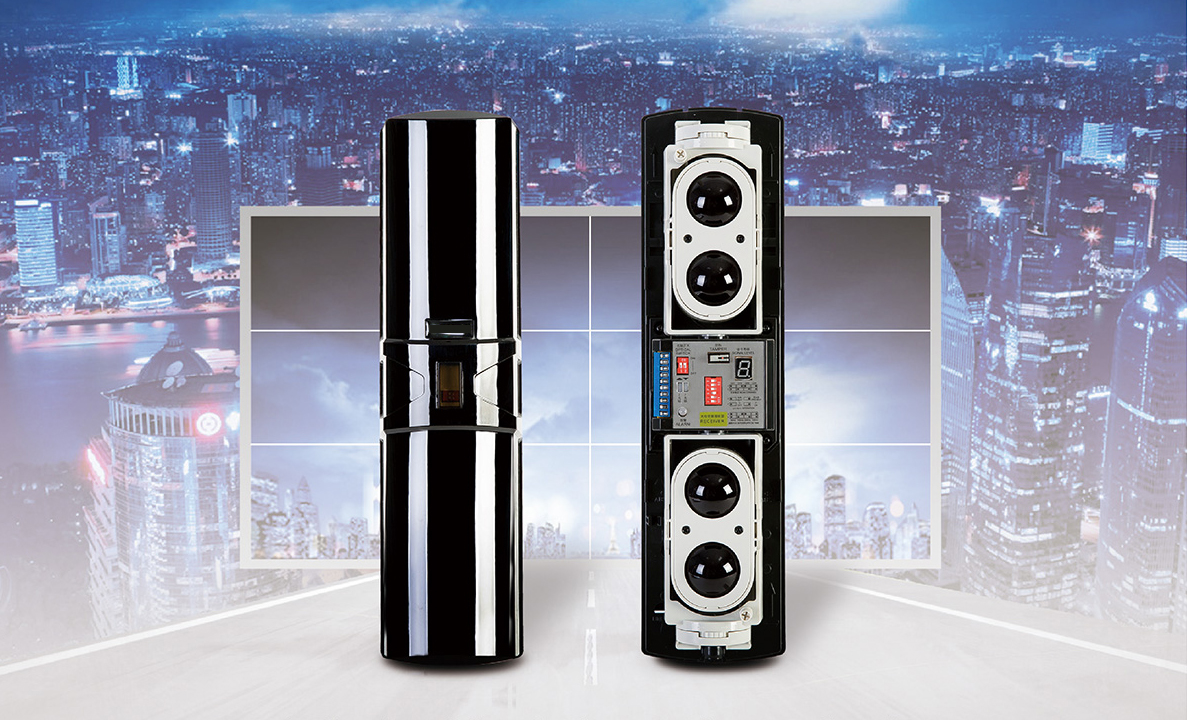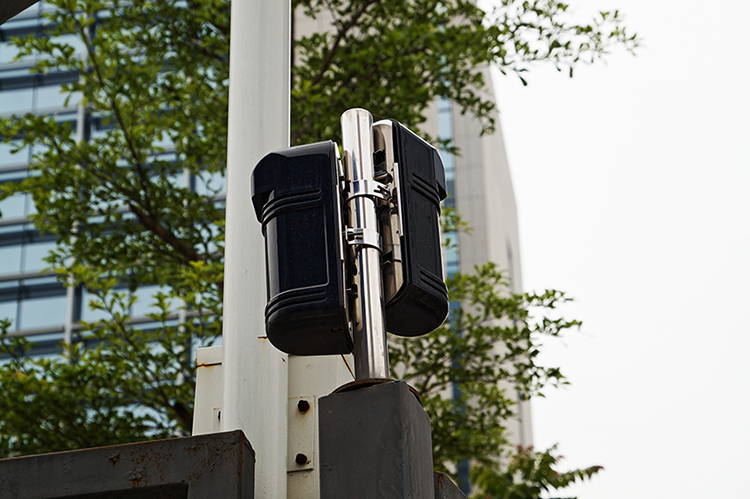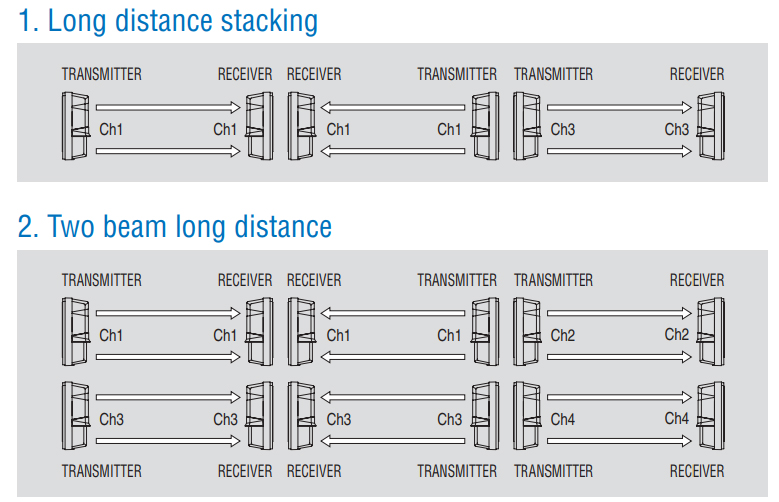
What are selectable frequencies photoelectric beam detectors?
Photoelectric beam detectors use active infrared wave to form invisible barriers around perimeter, they’re able to create a security zone for your property, comparing with passive Infrared detectors, photoelectric beam detectors own pet-immune, low false alarm rate, long range distance and more advantages.
Photoelectric beam sensors have been widely used in commercial and residential perimeter security systems since it had been firstly introduced to military base. After nearly four decades development, engineers improved product’s design to make the product more reliable and flexible. Optex, one of global leading photoelectric beam developer firstly introduced selectable frequencies technology to be adopted in photoelectric beam sensors.

Selectable frequency can greatly reduce Infrared interference because users can manually select four different frequencies channel. “The selectable beam frequencies can be used to avoid unwanted crosstalk that can occur when using multiple photobeam over long distances or for beam stacking applications.”
How to use selectable frequencies photoelectric beam?
According to the whitepaper released by Optex, the suggested installation or configuration should be like figure 2. Certainly, if you just install four pairs, each photoelectric beam can use a different frequency channel.

As we know photoelectric beam detectors are usually deployed outdoor, withstand extreme weather condition is one of important feature the detector should have. Besides the anti-frost hood cover, selectable frequencies photoelectric beam sensors have heat terminals allowing users to connect heaters (usually PTC resistors).
Unifore is delighted to present you our cost-effective selectable frequencies photoelectric beam products, including dual-beam photoelectric detectors, triple beam photoelectric detectors, as well as quad beam photoelectric detectors. The products supports signal level LED indicator, optical switch on/off, 4-channel frequencies, N.O, N.C dry contact output, tamper switch design, heater terminals design. As new generation photoelectric beam sensors, they adopts fully sealed design complies IP65 ingress protection for outdoor installation. They can work with various kind of security systems including burglar alarm monitoring, perimeter alarm monitoring, driveway alarm, entry/exit monitoring.
How to install selectable frequencies photoelectric beam?
1.Determine where to install.
Before we embark on installation, we should know some precautions to ensure we install them correctly. The photoelectric beam detectors should be mount on a solid surface, they should not be installed in places where objects moved by the wind such as plants and laundry, those may block the IR beam. Although IR beam featuring anti-UV protection, photoelectric beam should not be directly face sunlight. The photoelectric beam should be installed more than 1 meter away from the wall or fence to avoid IR reflection.
2.Align receiver and transmitter
The optical alignment is an important adjustment to increase reliability. Making sure the receiver and transmitter are aligned horizontally and vertically, fine-tuning optical unit angle and tracking signal level LED to align detector accurately.
3.Wiring detector to security system
Using 3-wires cable to link IR receiver and alarm controller together, depends on types of input, you can use normal close or normal open terminals, for burglar alarms, usually use normal close dry contact output. For long distance wiring, because voltage will drop after travel a long distance, making sure the received voltage is standard DC12V, otherwise the detector will not work properly.